What is Marketing Automation? This term refers to the use of software and technology to automate marketing tasks and processes, enhancing efficiency and effectiveness. In an increasingly competitive digital landscape, understanding and implementing marketing automation can transform how businesses engage with their customers.
Understanding Marketing Automation
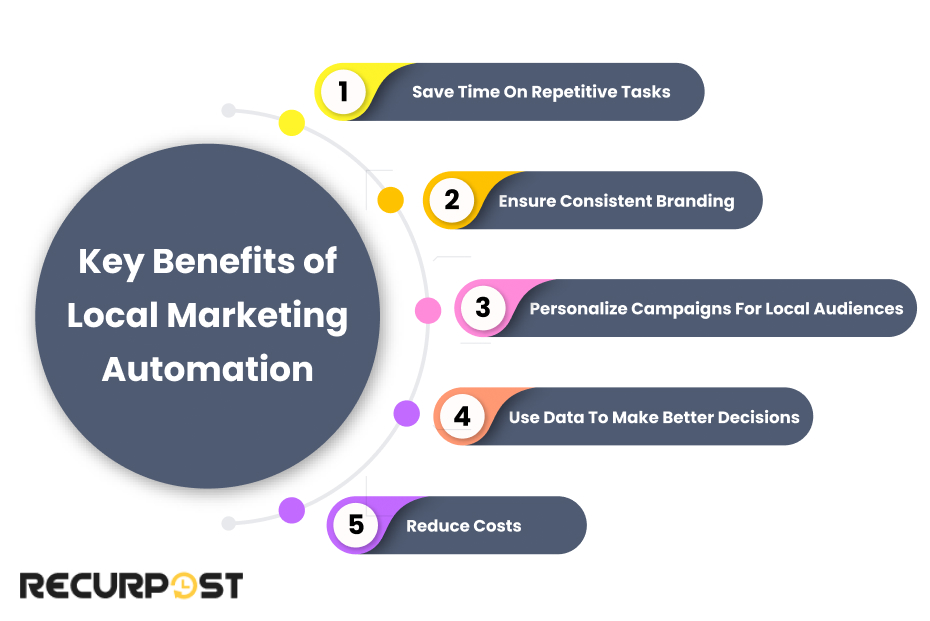
Marketing automation involves various tools and platforms that handle repetitive tasks such as email marketing, social media posting, and ad campaigns. By automating these functions, businesses can save time, reduce errors, and focus on strategic planning and customer engagement.
The technology behind marketing automation has evolved significantly over the years. Initially, it was used mainly for email campaigns, but today it encompasses a wide array of functionalities. These include tracking user behaviors, segmenting audiences, personalizing communication, and analyzing campaign performance.
The Evolution of Marketing Automation
The roots of marketing automation can be traced back to early email service providers offering basic automation features. Over time, as businesses recognized the potential benefits of automating their marketing efforts, more sophisticated tools emerged.
Today’s marketing automation systems are comprehensive solutions that integrate various channels, allowing businesses to create cohesive strategies that drive results. The evolution of this technology reflects the changing needs of marketers who seek innovative ways to connect with their audience.
Key Terminologies in Marketing Automation
To fully grasp what marketing automation entails, it’s essential to understand some key terms associated with it.
Terms like lead nurturing, customer relationship management (CRM), and customer journey mapping play crucial roles in marketing automation systems. When marketers nurture leads through personalized content based on their behavior, they are leveraging the power of marketing automation.
Additionally, CRM tools like HubSpot and Salesforce are integral to marketing automation. They streamline customer interactions and provide valuable data insights to optimize future engagements.
Differentiating Marketing Automation from Traditional Marketing
One of the biggest distinctions between marketing automation and traditional marketing lies in the approach to customer engagement. Traditional marketing often relies on one-size-fits-all campaigns, while marketing automation allows for hyper-targeted strategies.
By utilizing data-driven insights, businesses can tailor their messaging to specific segments of their audience, creating a more personalized experience. This shift not only enhances engagement but also builds stronger relationships between brands and consumers.
Find the perfect tool for your business in our guide to the top 10 marketing automation platforms.
The Benefits of Marketing Automation

Implementing marketing automation can yield numerous benefits for businesses of all sizes. From improved productivity to enhanced campaign performance, the advantages are compelling.
One of the most significant benefits is increased efficiency. Automating repetitive tasks frees up valuable time for marketers to focus on strategic initiatives that require creativity and critical thinking.
Moreover, marketing automation tools can provide valuable insights into consumer behavior, enabling businesses to make data-informed decisions. These insights can inform everything from content creation to advertising spend, leading to better overall outcomes.
Enhanced Customer Experience
A core benefit of marketing automation is its ability to enhance the customer experience. With tools that allow for personalization at scale, businesses can deliver tailored content based on individual preferences and behaviors.
This level of customization fosters a sense of connection and relevancy, driving higher engagement rates. When customers receive messages that resonate with their interests, they are more likely to convert and remain loyal to the brand.
Learn more: Free Marketing Automation Tools vs Paid Solutions
Improved Lead Management
Effective lead management is vital for any business looking to grow its customer base. Marketing automation enables businesses to track leads throughout their lifecycle, ensuring that no opportunity is overlooked.
Through automated scoring and segmentation, marketers can prioritize leads based on their likelihood to convert. This targeted approach helps allocate resources effectively, maximizing the return on investment for marketing efforts.
Better Analytics and Reporting
Another significant advantage of marketing automation is the access to advanced analytics and reporting capabilities. Marketers can track key performance indicators (KPIs) in real-time, allowing them to assess campaign performance swiftly.
This data-driven approach supports continuous improvement, enabling teams to tweak their strategies based on what works best. As a result, businesses can achieve greater success in their marketing endeavors, ultimately leading to increased revenue.
Get Now: Unlock 300+ Proven Ways to Make Money With GPT – Your Shortcut to Financial Freedom!
Key Features of Marketing Automation Tools
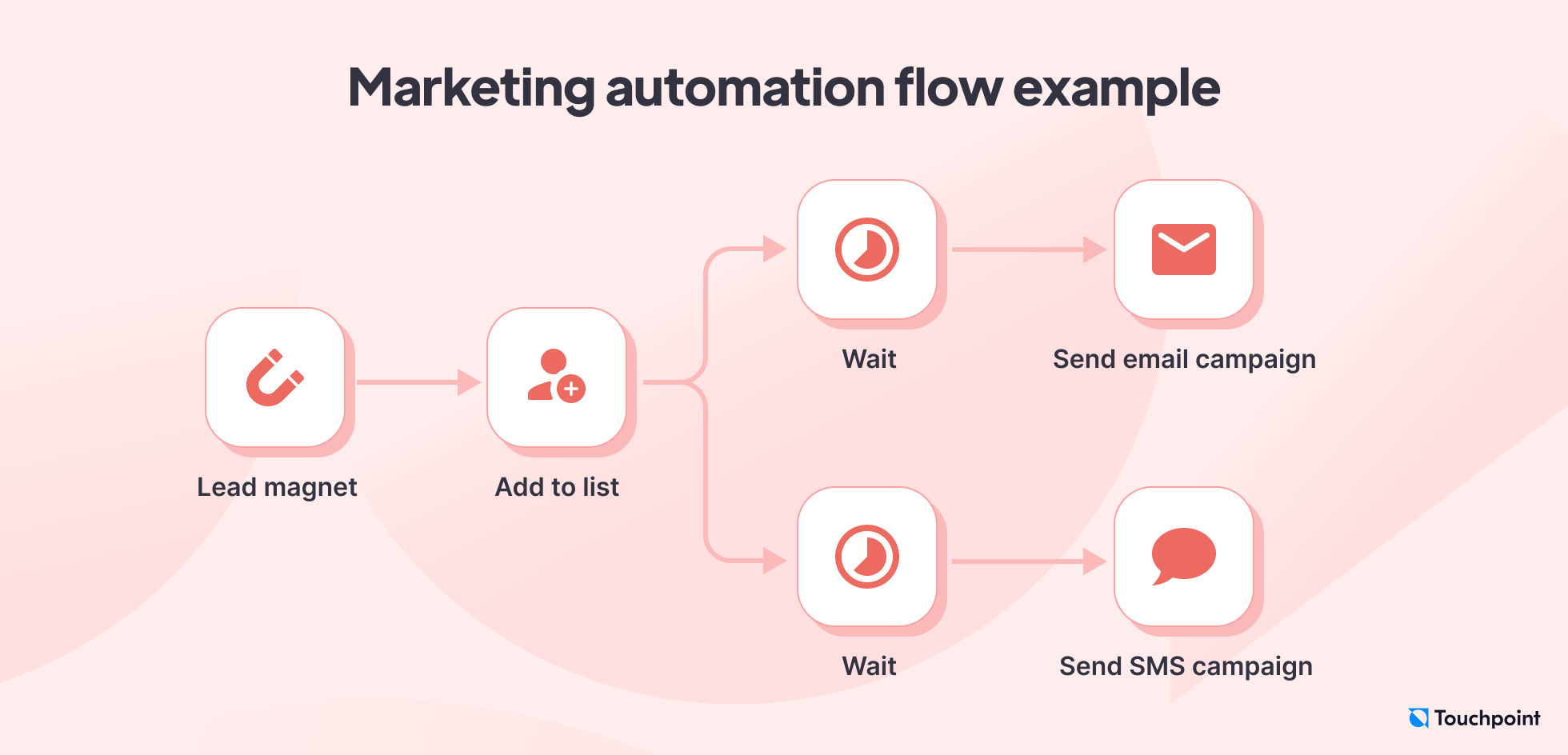
Understanding the key features of marketing automation tools is essential for businesses seeking to leverage this technology effectively. Various functionalities contribute to the success of marketing automation strategies.
Some core features include email marketing automation, lead generation, social media management, and analytics reporting. Each of these components plays a critical role in streamlining marketing processes and improving engagement.
Email Marketing Automation
Email marketing remains one of the most effective channels for reaching customers. Marketing automation tools allow businesses to schedule emails, segment lists, and personalize content based on user behavior.
Automating email campaigns can significantly increase open and click-through rates, as messages align more closely with the recipient’s interests. Additionally, follow-up sequences can be set up automatically, ensuring timely communication without manual effort.
Learn more: Challenges of Marketing Automation and How to Overcome Them
Lead Generation and Nurturing
Generating high-quality leads is crucial for any business. Marketing automation systems provide tools for capturing leads through landing pages, forms, and chatbots.
Once captured, leads can be nurtured through tailored content that guides them along their buyer’s journey. Automated workflows can trigger specific actions based on user engagement, keeping potential customers engaged until they are ready to convert.
Social Media Management
Social media is a powerful channel for connecting with audiences, and marketing automation tools facilitate scheduling and managing posts across multiple platforms.
By automating social media efforts, businesses can maintain a consistent presence online without dedicating significant time to manual posting. Additionally, monitoring tools can track engagement metrics, providing insights into audience preferences and behaviors.
Analytics and Reporting Features
To measure the success of marketing automation efforts, robust analytics and reporting features are essential. These tools enable marketers to track campaign performance, analyze user behavior, and identify areas for improvement.
Comprehensive dashboards provide real-time data on KPIs, allowing for informed decision-making. As businesses leverage these insights, they can refine their strategies for even greater success.
Get Now: The Faceless Marketing Masterclass – Build a Powerful Online Brand Without Ever Showing Your Face
How Marketing Automation Works
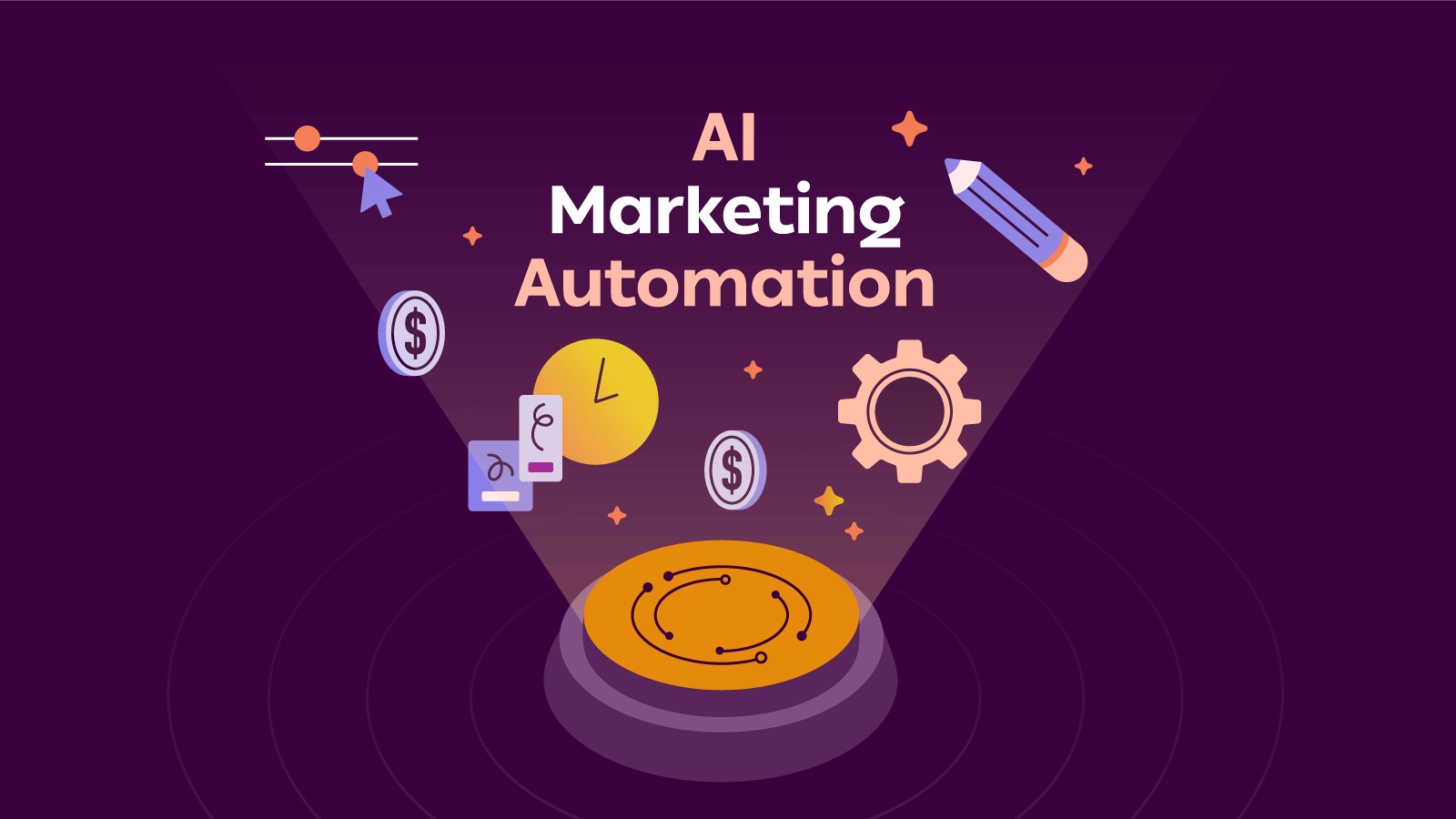
Marketing automation operates through a combination of technology, data, and user interaction. By integrating various systems and tools, businesses can create seamless processes that enhance their marketing efforts.
The foundation of marketing automation lies in data collection. By gathering information from different sources, such as website interactions, social media engagement, and email campaigns, businesses can build comprehensive profiles of their customers.
Data Collection and Analysis
Data plays a pivotal role in marketing automation. The first step is capturing relevant information from users, which can include demographics, preferences, and behavior patterns.
Marketing automation tools collect this data through various touchpoints, such as website forms, downloads, and interactions with content. Once collected, the data can be analyzed to identify trends and insights that inform marketing strategies.
Learn more: Case Studies: How Marketing Automation Transformed Businesses
Creating Buyer Personas
Based on the gathered data, businesses can create detailed buyer personas that represent their ideal customers. These personas help marketers understand their target audience’s needs, preferences, and pain points.
With well-defined personas, businesses can tailor their marketing efforts to resonate with specific segments. This personalization increases the likelihood of engagement and conversion, establishing a more robust customer relationship.
Automating Tasks and Workflows
Once data has been collected and buyer personas have been created, businesses can automate various marketing tasks and workflows. Marketing automation tools provide predefined templates and workflows that guide users through the process.
For example, when a lead fills out a form on a company’s website, an automated workflow can trigger a welcome email, followed by a series of nurturing emails designed to educate and build trust. This hands-off approach ensures that leads are consistently engaged without requiring constant manual intervention.
Learn more: How to Choose the Right Marketing Automation Tool
Implementing a Marketing Automation Strategy
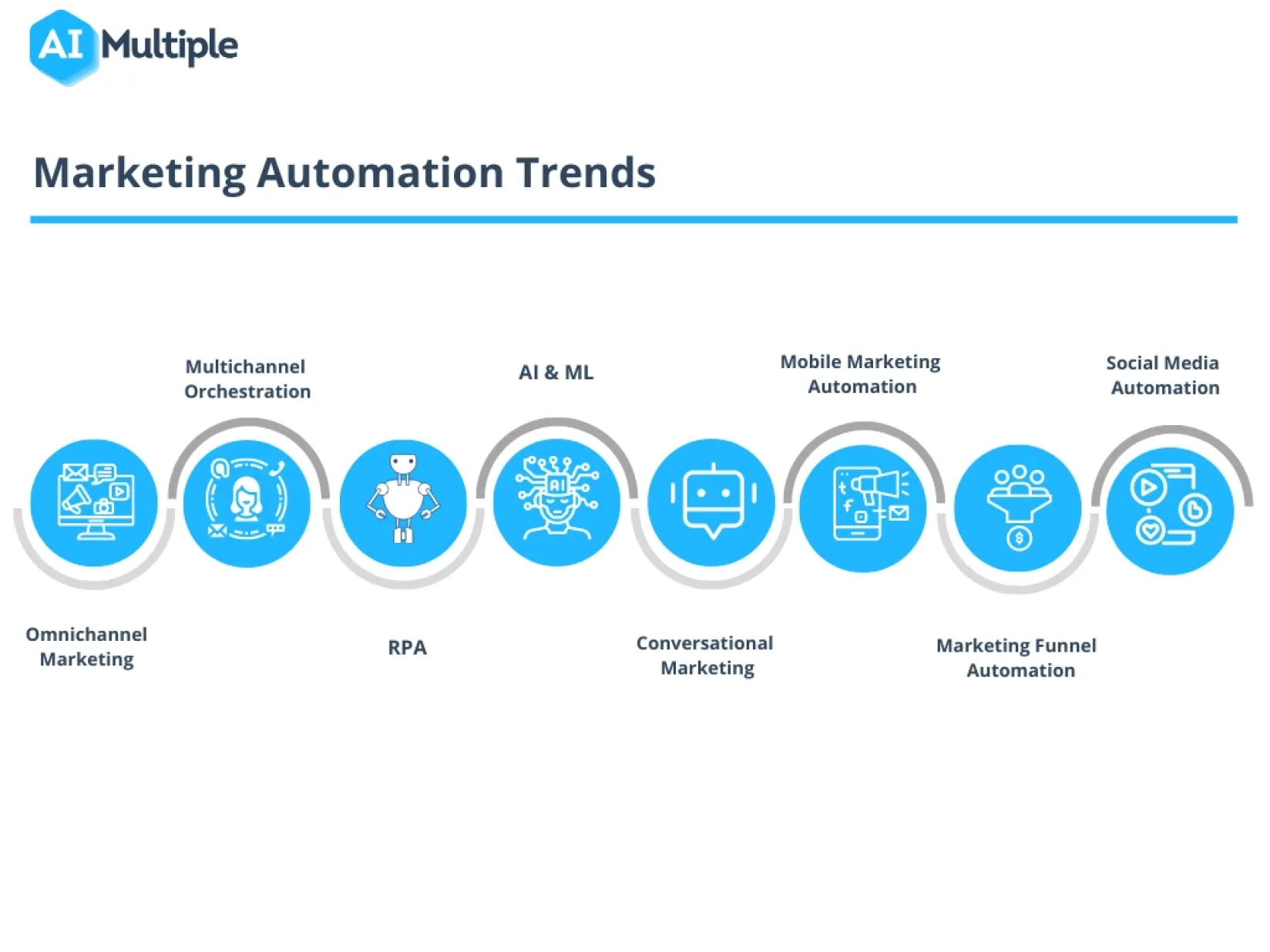
To harness the full potential of marketing automation, businesses must develop a well-thought-out strategy. This involves careful planning, execution, and ongoing optimization to ensure success.
Successful implementation begins with identifying clear objectives. Businesses should define what they hope to achieve through marketing automation, whether it’s increasing lead generation, improving customer retention, or enhancing brand awareness.
Setting Clear Goals
Setting clear, measurable goals is essential for any marketing automation strategy. Goals should align with the overall business objectives and be specific enough to assess progress accurately.
For instance, instead of a vague goal like “increase sales,” a more specific goal could be “increase sales by 20% within the next quarter through automated email campaigns.” When goals are clearly defined, it becomes easier to monitor success and make necessary adjustments along the way.
Choosing the Right Tools and Platforms
Selecting the appropriate marketing automation tools is crucial to achieving desired outcomes. Various platforms offer different features and functionalities, so businesses must evaluate their specific needs before making a choice.
Factors to consider when selecting tools include ease of use, integration capabilities, scalability, and pricing. Popular options like HubSpot, Salesforce, and Zoho provide a range of features suitable for different business sizes and industries.
Training and Onboarding Teams
Even the best marketing automation tools won’t yield results if team members aren’t trained to use them effectively. Investing in training and onboarding for employees ensures that everyone understands how to leverage the technology to its fullest potential.
Training sessions can cover various aspects, including platform navigation, best practices for creating automated workflows, and interpreting analytics reports. Ongoing support will encourage teams to adopt automation wholeheartedly as part of their daily processes.
Learn more:
- Systeme.io Review: The Ultimate All-in-One Marketing Tool for Entrepreneurs
- GetResponse Review: In-Depth Analysis of Features, Pricing, and Performance
Common Mistakes in Marketing Automation
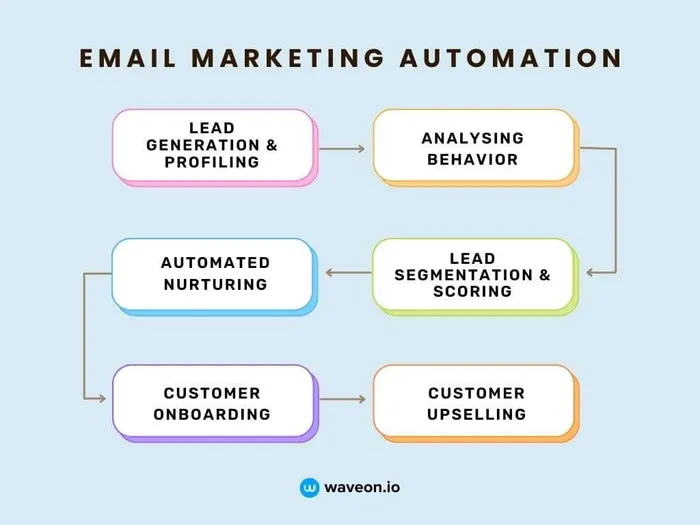
While marketing automation offers numerous benefits, several common mistakes can hinder success. Being aware of these pitfalls can help businesses navigate the challenges associated with implementing an automation strategy.
One typical mistake is treating marketing automation as a set-it-and-forget-it solution. Many businesses assume that once they have implemented automation, they can disengage from the process altogether. However, ongoing monitoring and refinement are necessary to ensure optimal performance.
Lack of Personalization
Another common error is neglecting personalization. Generic emails and communications can disengage customers and diminish the effectiveness of marketing automation. Businesses must utilize the data available to create tailored experiences that resonate with their audience.
Investing time in crafting personalized content that speaks to individual preferences can dramatically improve engagement rates. Personalization is not just a trend; it’s a fundamental expectation of modern consumers.
Not Integrating with Other Systems
Failing to integrate marketing automation with other systems can lead to missed opportunities and inefficiencies. For instance, if customer data isn’t shared between the marketing automation tool and the CRM system, marketers may lack crucial insights into customer behavior.
Integrating various platforms creates a cohesive ecosystem where data flows seamlessly. This interconnectedness enhances decision-making and allows for smarter targeting and engagement strategies.
Ignoring Analytics and Feedback
Lastly, ignoring analytics and feedback can be detrimental to marketing automation efforts. Regularly reviewing performance data allows businesses to identify what’s working and what isn’t.
Continuous optimization is essential for success. Analyzing metrics and gathering feedback from both customers and internal teams provides valuable insights that can inform future strategies.
Choosing the Right Marketing Automation Software
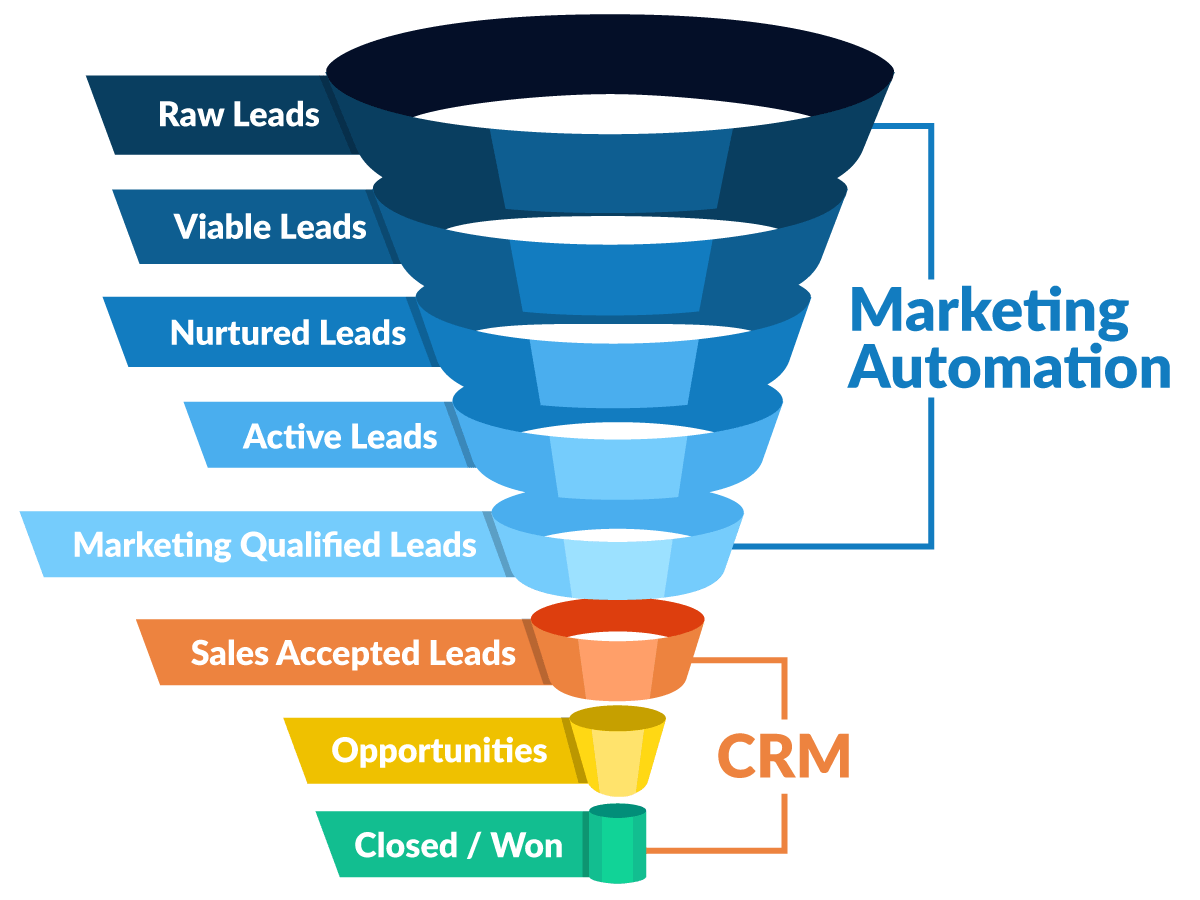
Selecting the right marketing automation software is a critical step in successfully implementing automation strategies. With a plethora of options available, businesses must carefully evaluate their needs and choose a solution that aligns with their goals.
When considering software options, factors such as functionality, scalability, ease of use, and customer support should be top of mind. Each platform offers unique features, and understanding these differences is vital for informed decision-making.
Assessing Functionality and Features
Different marketing automation tools come with varying functionalities and features. It’s essential to assess which elements are most important for your business.
For example, if email marketing is a primary focus, look for platforms that excel in this area. If social media management is a priority, ensure the chosen software includes robust tools for scheduling and analytics.
Evaluating Scalability
As businesses grow, their marketing needs evolve. Therefore, choosing a scalable solution that can adapt to changing requirements is crucial.
Opt for software that offers flexible plans and can accommodate an expanding user base or additional features as needed. This forward-thinking approach ensures that your marketing automation efforts remain effective in the long run.
Considering Integration Capabilities
Integrating marketing automation software with existing systems is vital for maximizing efficiency. Businesses often use various tools for specific purposes, such as CRM systems, analytics platforms, and content management systems.
Choosing software that easily integrates with these tools facilitates smooth data exchange and improves overall workflow. This interconnected environment eliminates silos and enhances collaboration across teams.
Integrating Marketing Automation with Other Systems
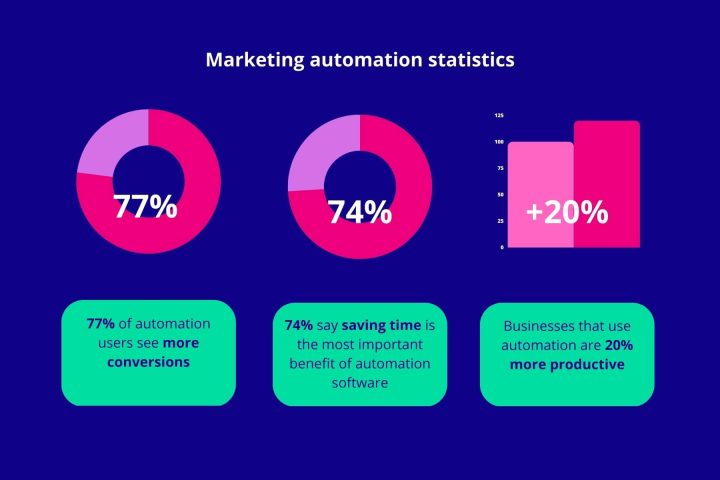
Integration is a fundamental component of successful marketing automation. By connecting automation tools with other systems, businesses can create a unified infrastructure that enhances efficiency and effectiveness.
Importance of Integration
Integrating marketing automation with CRM platforms is particularly noteworthy, as it allows for a holistic view of the customer journey. When sales and marketing teams work from the same data set, they can collaborate more effectively and deliver a seamless experience to customers.
In addition to CRMs, integrating with e-commerce platforms, analytics tools, and social media management systems can provide deeper insights and enrich the overall marketing strategy.
Best Practices for Integration
To ensure a successful integration process, businesses should follow best practices that enhance compatibility and functionality. First, conduct thorough research on integration capabilities offered by each tool.
Determine whether direct integrations exist or if third-party connectors like Zapier are needed. Once integrated, continuously monitor performance to identify any issues and adjust as necessary.
Data Synchronization and Maintenance
Ongoing maintenance of integrated systems is vital for sustaining accuracy and reliability. Establish protocols for data synchronization to ensure that information remains current and consistent across platforms.
Regular audits can help identify discrepancies and rectify issues promptly. Consistent maintenance fosters trust in the data and enhances the effectiveness of marketing initiatives.
Measuring Success in Marketing Automation
Measuring success in marketing automation requires defining clear metrics and regularly evaluating performance against them.
Key performance indicators (KPIs) serve as benchmarks to assess the effectiveness of automation strategies and inform future decisions.
Defining Key Performance Indicators
Before measuring success, businesses must establish relevant KPIs aligned with their marketing automation goals. Common KPIs include conversion rates, lead generation rates, click-through rates, and customer engagement levels.
Defining these metrics allows marketers to gauge the effectiveness of their efforts and make data-driven adjustments where necessary.
Utilizing Analytics Tools for Insights
Most marketing automation tools come equipped with robust analytics features that provide insights into campaign performance. Businesses should leverage these tools to track metrics actively and gather actionable data.
Regularly analyzing performance reports helps identify trends and patterns that can inform future strategies. Understanding what works and what doesn’t empowers marketers to optimize their approaches continually.
Iterative Improvement Through Testing
An essential aspect of measuring success is embracing a culture of testing and experimentation. A/B testing different messaging, subject lines, and content can provide valuable insights into what resonates with the audience.
Using data from testing enables marketers to make informed decisions about their strategies. This iterative improvement process fosters agility and responsiveness in an ever-changing digital landscape.
Future Trends in Marketing Automation
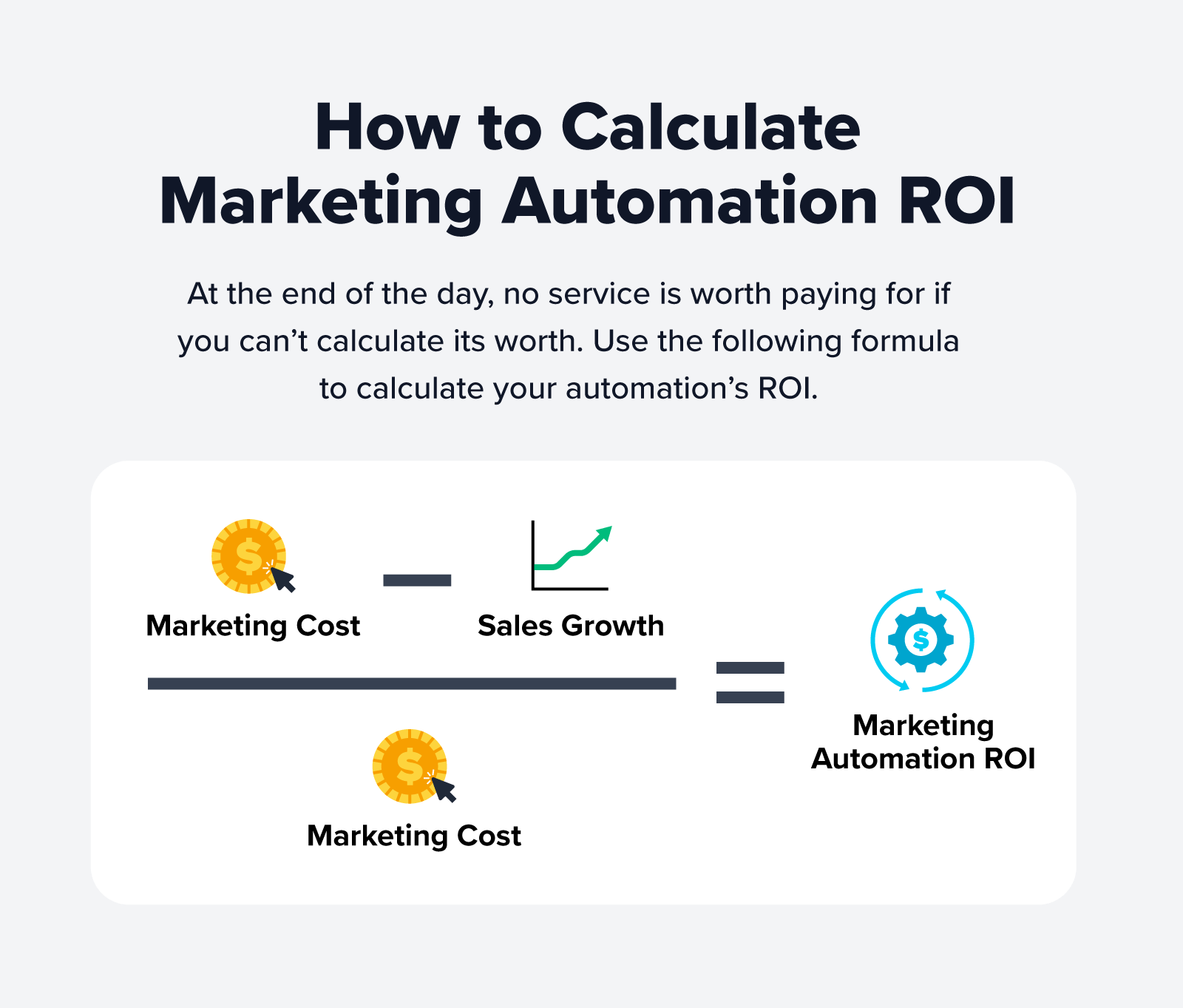
As technology continues to advance, marketing automation is evolving rapidly. Staying abreast of future trends can help businesses maintain a competitive edge and refine their strategies accordingly.
Emerging trends point toward increased personalization, artificial intelligence integration, and omnichannel marketing approaches. Adapting to these developments will be crucial for marketers looking to maximize the impact of their automation efforts.
Emphasis on Personalization
The demand for personalized experiences is only expected to grow in the coming years. Marketing automation tools will continue to enhance their capabilities for delivering customized content based on user behavior and preferences.
Brands that invest in personalization will likely see higher engagement rates and customer loyalty. Creating meaningful connections through tailored experiences will become a cornerstone of successful marketing strategies.
Integration of Artificial Intelligence
Artificial intelligence (AI) is revolutionizing marketing automation by providing advanced analytics and predictive modeling capabilities. AI can automate complex tasks, such as customer segmentation and lead scoring, allowing marketers to focus on creative processes.
As AI technologies advance, businesses must explore how they can integrate these tools into their marketing automation strategies to enhance efficiency and effectiveness.
Omnichannel Marketing Approaches
Consumers interact with brands across multiple channels, making it essential for businesses to adopt an omnichannel marketing approach. Marketing automation systems will increasingly feature integration capabilities that facilitate seamless engagement across channels.
By creating cohesive experiences that span email, social media, web, and mobile, businesses can foster deeper connections and enhance customer satisfaction.
Conclusion
In conclusion, understanding what is marketing automation and its implications for modern marketing is crucial for any business striving to succeed in a digital landscape. By harnessing the power of automation tools, businesses can save time, improve efficiency, and create personalized experiences that resonate with their audience.
The benefits extend beyond mere operational improvements; marketing automation allows for more profound insights into consumer behavior, leading to better decision-making and increased revenue. As we move forward, embracing emerging trends and technologies will be essential for maintaining a competitive edge.
Establishing a solid marketing automation strategy, integrating systems effectively, and measuring success rigorously will pave the way for sustainable growth and success in the dynamic world of marketing.
Explore our in-depth guide on marketing automation tools to streamline your campaigns.


Leave a Reply